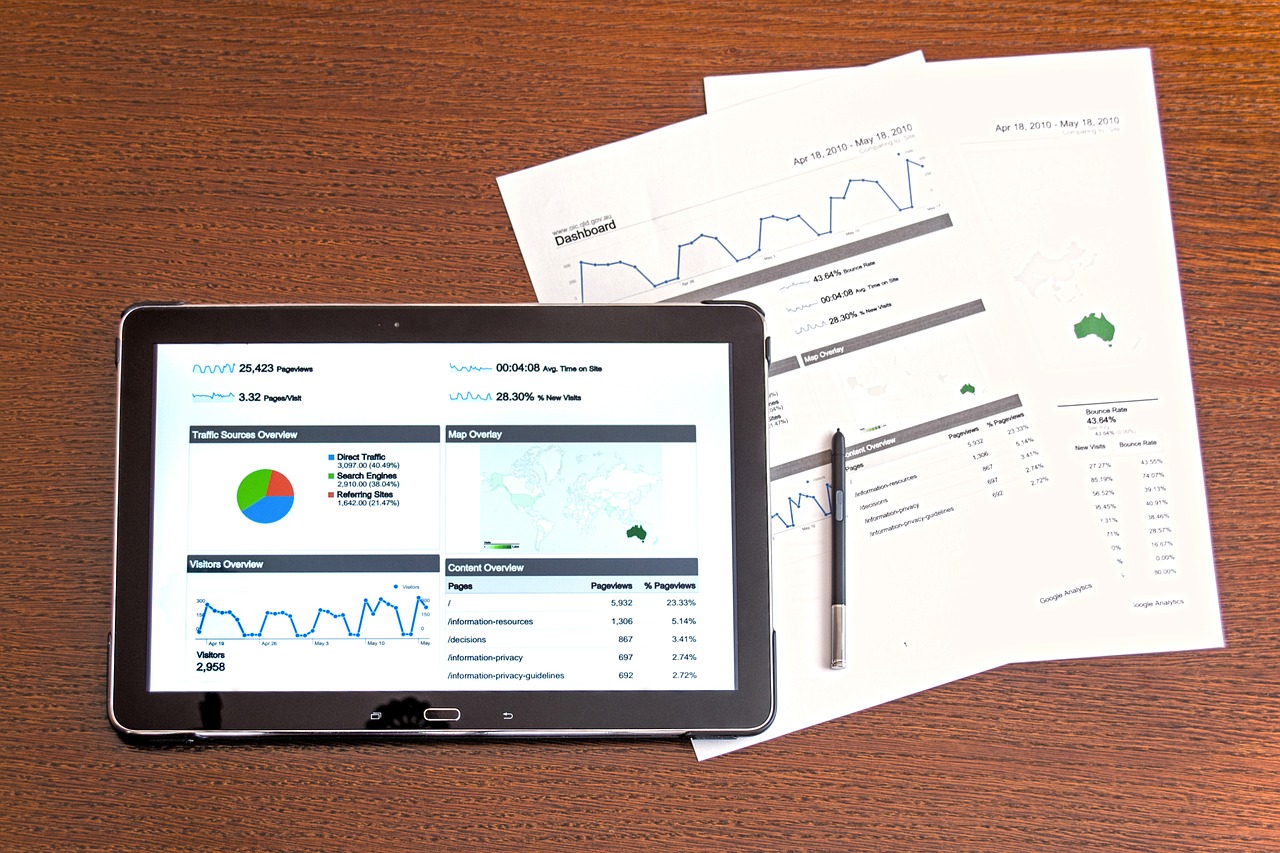The dynamics of marketing have changed to say the least. Marketing tactics have evolved from published adverts to easily up-dated, tweaked and managed live marketing that adapts to consumer needs.
In recent years, we’ve moved away from the rigidity of traditional marketing and stepped into the future with digital marketing techniques that appeal to the masses in a tailored and augmented manner.
While the perks of modern day marketing have given the world a sense of connectivity with a brand, there is no doubt that new and innovative techniques will take over in the near future. Elevating marketing techniques to a whole new, and currently unimaginable, tier of communication.
But there is no way of accepting the future without understanding the past, and in this case, the present. So if you’re looking to be the next marketing revolutionary, read on, today’s topic for discussion: inbound vs outbound marketing – what’s the difference?
Let’s start with the basics:
What is outbound marketing?
Outbound marketing is often referred to as ‘interruption’ or even ‘push’ marketing. And as the name suggests, these tactics are intended to get your brand mission across a large portion of the local or global population – but it also communicates with those who are not on the hunt for your product or service.
Unfortunately, a great amount of your reach falls on deaf ears, cutting your ROI instantly. It’s just logic. Marketing techniques such a TV, radio, print and even billboard adverts appeal to the masses, targeting way too many viewers who simply won’t convert entirely.
This pain point definitely sticks out like a sore thumb, especially in an age where direct targeting can be simply managed from Facebook’s Business Manager or similar analytics or boosting systems.
So why do we still use outbound marketing?
Well, they’re still useful – to a certain extent.
The goal of both digital and traditional marketing techniques is the same – get people to see your products or services. So that chance is usually taken by old-school marketers who may not fully understand the industry and are possibly still depending on their efforts of the past.
The take away point of whether you should use outbound marketing techniques at all is this:
Display ads that make use of outbound marketing approaches get a Click Through Rate (CTR) of 0.06% on desktop and a mere 0.16% on mobile. This is because nobody actually asked for these ads to appear on their devices. But…
With tailored outbound marketing tactics in mind, such as email marketing, marketers do notice open rates of 17.8% and CTRs that reach 14%. So to summarise, outbound marketing does still work – but only with a complimentary marketing strategy.
What is inbound marketing?
16 years of inbound marketing provides the most ethical and cost effective marketing techniques possible. Since 2006, digital marketing practices have created a subtle and attractive way of communicating with their demographic.
The concept behind digital marketing is that storytelling takes over the primary role of the user viewing ads on social media platforms or digital interfaces. And even more importantly, the content they consume is tailored to their likes and needs.
The relevance and genuine interest in such adverts allows consumers to transform from viewers to advocates – building brand loyalty and retention.
So why doesn’t everyone use inbound marketing techniques?
There’s no clear cut line that defines your marketing strategy and efforts, the benefits of outbound marketing techniques lie primarily with the reach it can create. But, as most modern marketing experts will argue, outbound marketing does not appear to be as cost effective as digital techniques with capped limits used up on a PPC (Pay Per Click) basis. But…
Inbound marketing requires so much more technique and expertise than print or brochure ads. While precision is absolutely necessary for traditional marketing, the prep work for a digital campaign is far from lax.
With elements to implement, such as SEO (Search Engine Optimization) keywords, SERP (Search Engine Result Page) data qualifying your ranking and other aspects such as proficient copy writers, digital UX designers and the entire database mechanics that need to be understood, there’s a lot more knowledge being funneled into the approach.
And the marketing abilities of competitors, start-ups and even the social media platforms themselves, keeping on track of best practices and effective approaches could prove to be a tedious battle with constant research needed.
So what’s the answer: inbound marketing or outbound marketing?
What route should you take? Should you stick to your guns and use your old practices to keep your business trailing along, or should you boost your market with impactful interactions that may or may not convert.
The answer is not clear cut. Not every business needs both, not every business can live without a balance of the two. It’s all relative to your brand, your business profile and your ability to implement your mission in the best communicated way possible.
If you’re not sure what marketing approach to take, contact the experts at 4Sight for a thorough and in-depth analysis of your business’ marketing potential.

